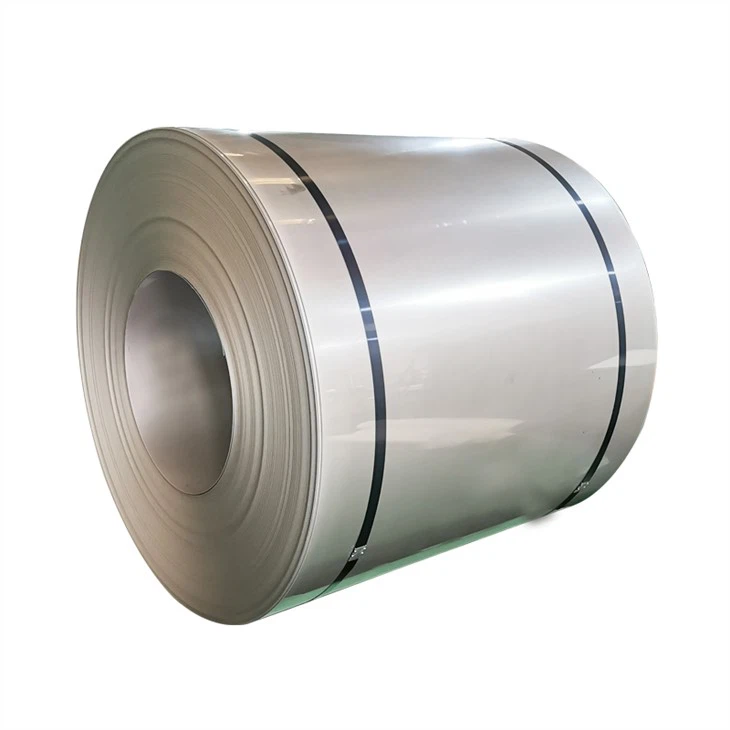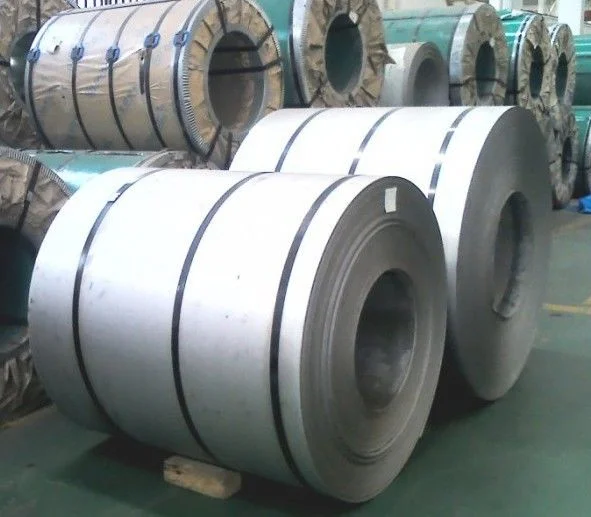201 stainless steel coil is a versatile and cost-effective alloy widely used in various industries due to its unique properties. It is primarily composed of chromium, nickel, and manganese, making it a popular alternative to higher-cost stainless steels like 304. Here’s a detailed overview of its characteristics, applications, and advantages.
What is 201 Stainless Steel Coil?
201 stainless steel is classified as an austenitic chromium-nickel-manganese stainless steel. It typically contains:
- Chromium: 13.5% to 16%
- Nickel: 3.5% to 5.5%
- Manganese: 8% to 10.5%
- Carbon: Up to 0.15%
This composition allows 201 stainless steel to exhibit excellent corrosion resistance, high strength, and good formability, making it suitable for a wide range of applications.
Properties of 201 Stainless Steel Coil
- Corrosion Resistance: It offers good resistance to corrosion, particularly in mild environments, but is less resistant than 304 stainless steel in chloride-rich environments.
- Strength and Toughness: 201 stainless steel has higher tensile and yield strength compared to many other stainless steels, making it suitable for structural applications.
- Formability: While it has good formability, it is generally less ductile than 304 stainless steel, which can affect its usability in complex shapes.
- Magnetic Properties: It is non-magnetic in its annealed state but can become magnetic when cold-worked, a characteristic that can be advantageous in certain applications.
Applications of 201 Stainless Steel Coil
201 stainless steel coils are utilized across various sectors, including:
- Construction: Used in building facades, roofing, and wall cladding due to its durability and aesthetic appeal.
- Automotive Industry: Commonly found in exhaust systems, trims, and other components that require resistance to heat and corrosion.
- Kitchenware: Widely used for manufacturing cookware, sinks, and kitchen utensils due to its hygienic properties and resistance to food acids.
- Industrial Applications: Employed in manufacturing equipment for food processing, chemical processing, and in architectural applications like decorative pipes and industrial fittings.
Advantages of 201 Stainless Steel Coil
- Cost-Effectiveness: 201 stainless steel is generally more affordable than other austenitic grades like 304, making it a popular choice for budget-conscious projects without sacrificing quality.
- Versatile Finishes: It can be produced in various finishes (e.g., 2B, BA, No. 4), allowing it to meet different aesthetic and functional requirements.
- High Strength: Its mechanical properties allow it to carry heavier loads, making it suitable for structural applications.
- Ease of Fabrication: 201 stainless steel coils can be easily cut, welded, and formed into various shapes, facilitating manufacturing processes.
What are the main differences between 201 and 304 stainless steel coils
Chemical Composition
- 201 stainless steel contains 16-18% chromium, 3.5-5.5% nickel, and 5.5-7.5% manganese.
- 304 stainless steel contains 18-20% chromium and 8-10% nickel.It has a lower manganese content compared to 201.
Corrosion Resistance
- 304 stainless steel offers superior corrosion resistance compared to 201, especially in chloride-rich environments.
- 201 stainless steel has good corrosion resistance in mild environments but is more prone to pitting and crevice corrosion.
-
Strength and Hardness
- 201 stainless steel has higher strength and hardness than 304.It is more rigid and has better fatigue resistance.
- 304 stainless steel exhibits higher tensile and yield strength, making it more durable.
-
Formability and Weldability
- 201 stainless steel has good cold working properties but poorer weldability due to its higher manganese content.
- 304 stainless steel can be easily welded and processed by standard fabrication practices.
-
Cost
- 201 stainless steel is generally more affordable than 304 due to its lower nickel content.
- 304 stainless steel is relatively more expensive but justifies the cost for critical applications requiring superior corrosion resistance and performance.
-
Appearance
- 201 stainless steel has a brighter surface with a darker color due to its high manganese content.
- 304 stainless steel has a matte finish and is less prone to rusting.
In summary, 304 stainless steel is preferred for applications requiring excellent corrosion resistance and durability, while 201 is a cost-effective alternative for less demanding environments. The choice depends on the specific requirements of the application.
In summary, 201 stainless steel coil is a robust, economical option for a wide range of applications, particularly where corrosion resistance and strength are required. Its unique properties and versatility make it a preferred choice in many industries, from construction to food service.



